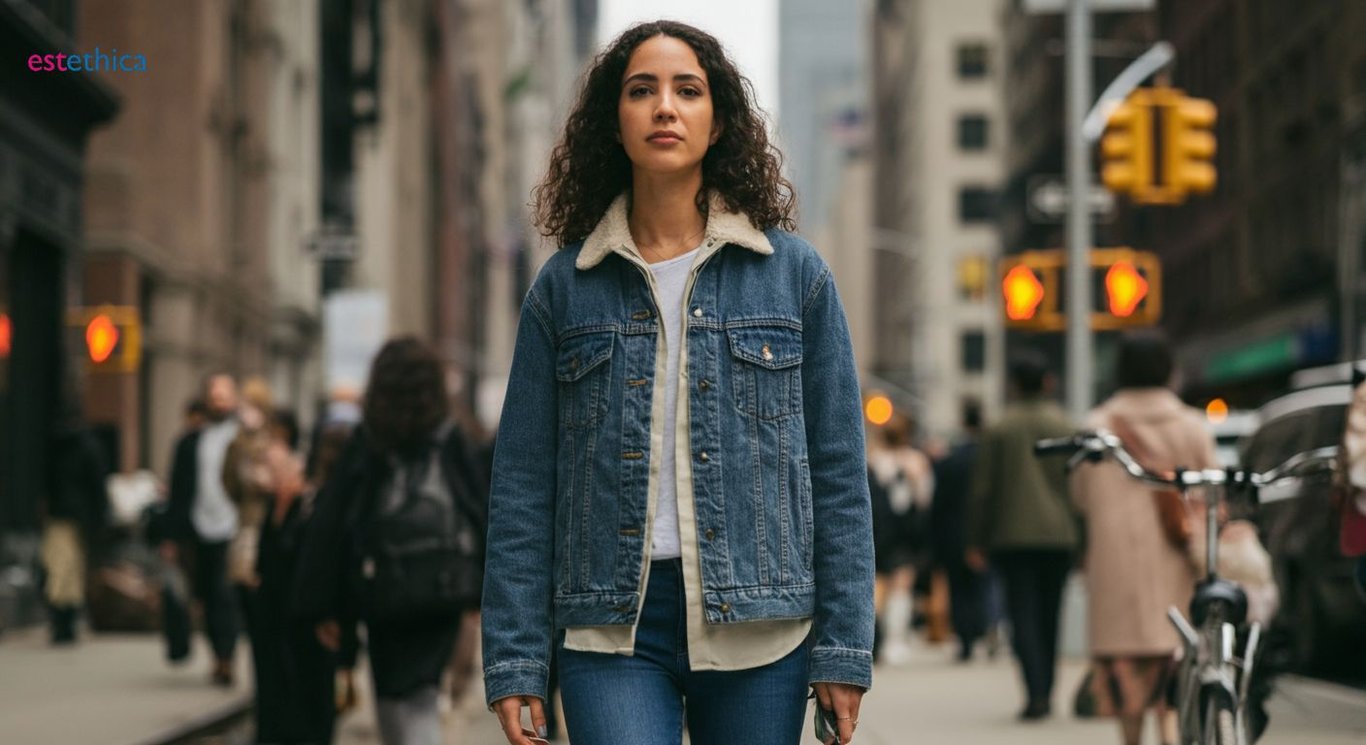Discover the Future of Sustainable Fashion Today
Step into the world of sustainable fashion today and transform your wardrobe with eco-friendly and ethical choices.
The future of fashion is not only about aesthetics but deeply about sustainability and ethics. As consumers become more conscious of their environmental impact, sustainable fashion is rapidly gaining prominence. This guide will delve into the realm of sustainable fashion, illustrating how eco-friendly clothing and ethical fashion brands are transforming the industry. From understanding the core principles to exploring the numerous benefits of circular fashion, this article presents a comprehensive introduction to the fashion trends that prioritize the planet.
Understanding the Essence of Sustainable Fashion
Key Elements of Sustainable Fashion
Sustainable fashion is a transformative approach that integrates ecological integrity and social justice into the fashion industry. It emphasizes the entire lifecycle of a product, from design to disposal, ensuring minimal environmental impact and maximum social benefits. This approach replaces traditional linear models with sustainable practices, focusing on ethical, ecological, and economic considerations.
Core Principles of Sustainable Fashion
- Eco-friendly clothing materials, such as organic cotton and recycled fibers, reduce environmental harm.
- Ethical fashion brands prioritize fair labor practices and community support.
- Conscious clothing choices promote long-term sustainability and consumer awareness.
By choosing sustainable fashion, consumers contribute to a healthier planet and a fairer society. This movement aligns with the growing demand for eco-friendly clothing and ethical fashion brands, which are gaining popularity worldwide.
Steps to Embrace Sustainable Fashion
- Research and identify ethical fashion brands that align with your values.
- Choose eco-friendly clothing materials that are durable and sustainable.
- Support local and small-scale producers to enhance community development.
Adopting sustainable fashion practices not only benefits the environment but also supports ethical labor practices and promotes social equity. By making informed choices, consumers can drive positive change in the fashion industry.

Choosing Eco-Friendly Clothing: A Guide
Understanding Eco-Friendly Materials
Eco-friendly clothing begins with selecting sustainable materials. Organic cotton, for instance, uses 91% less water than conventional cotton, making it a top choice for sustainable fashion. Hemp is another excellent option due to its rapid growth and minimal pesticide requirement. Bamboo, known for its softness, is also a sustainable choice, as it regenerates quickly and requires little water.
Key Benefits of Eco-Friendly Clothing
- Durability ensures long-lasting wear, reducing the need for frequent replacements.
- Recycled materials help minimize waste and promote circular fashion.
- Eco-friendly production processes reduce environmental impact.
By choosing eco-friendly clothing, consumers contribute to a more sustainable future. This choice aligns with the principles of sustainable fashion, emphasizing environmental responsibility and ethical production practices.
Steps to Select Eco-Friendly Clothing
- Research brands that prioritize sustainable materials and ethical practices.
- Examine labels for certifications like GOTS or Fair Trade.
- Opt for timeless designs that transcend seasonal trends.
These steps help consumers make informed decisions, supporting ethical fashion brands and promoting sustainable apparel. By prioritizing eco-friendly clothing, individuals can enjoy aesthetic beauty while contributing to environmental preservation.

Spotlight on Ethical Fashion Brands Worldwide
Leading Ethical Fashion Brands and Their Practices
Ethical fashion brands are redefining the industry by prioritizing sustainable practices and fair labor conditions. Patagonia, for instance, is renowned for its commitment to environmental activism and transparency in its supply chain. Eileen Fisher focuses on circular fashion, encouraging customers to recycle their old garments. People Tree, a pioneer in fair trade fashion, empowers artisans by providing fair wages and safe working conditions. These brands exemplify how sustainable fashion can be both stylish and socially responsible.
Characteristics of Ethical Fashion Brands
- Transparency in sourcing and production processes ensures consumer trust.
- Commitment to fair trade practices supports worker rights and community development.
- Focus on sustainable materials reduces environmental impact and promotes eco-friendly clothing.
By choosing ethical fashion brands, consumers can support a movement that values both people and the planet. This choice aligns with the growing demand for sustainable apparel and conscious clothing, contributing to a more equitable and environmentally friendly fashion industry.
Steps to Identify Ethical Fashion Brands
- Research brand certifications like Fair Trade or B Corp to ensure ethical practices.
- Examine brand transparency reports for insights into their supply chain and labor conditions.
- Support brands that prioritize local artisans and sustainable production methods.
These steps help consumers make informed decisions, supporting ethical fashion brands and promoting sustainable apparel. By prioritizing eco-friendly clothing, individuals can enjoy aesthetic beauty while contributing to environmental preservation.

Exploring the Benefits of Circular Fashion
Innovative Approaches in Circular Fashion
Circular fashion is revolutionizing the industry by promoting a closed-loop system where garments are designed for longevity, reuse, and recycling. This approach not only reduces waste but also fosters innovation in fashion design. For instance, brands like Stella McCartney are pioneering the use of biodegradable materials, while others are exploring digital fashion to minimize physical production. These innovations highlight the potential of circular fashion to transform traditional practices and inspire new creative avenues.
Key Advantages of Circular Fashion
- Reduces environmental impact by minimizing waste and conserving resources.
- Encourages sustainable fashion practices through the use of recycled and upcycled materials.
- Promotes ethical fashion brands that prioritize long-term sustainability over short-term gains.
Circular fashion aligns with the principles of sustainable fashion by emphasizing resource efficiency and environmental responsibility. This approach not only benefits the planet but also supports the growth of eco-friendly clothing and ethical fashion brands.
Steps to Embrace Circular Fashion
- Choose garments made from recycled or upcycled materials to support circular fashion.
- Participate in clothing swaps or resale platforms to extend the life of your wardrobe.
- Support brands that offer take-back programs for recycling old garments.
By adopting circular fashion practices, consumers can contribute to a more sustainable and ethical fashion industry. This approach not only reduces the carbon footprint but also encourages responsible consumption and resource management.
Transformative Approaches in Sustainable Fashion
Innovative Circular Fashion Practices for a Sustainable Future
Frequently Asked Questions
What is sustainable fashion and why is it important?
How can I choose eco-friendly clothing?
What are the best materials for eco-friendly clothing?
What distinguishes ethical fashion brands from others?
How does circular fashion benefit the environment?
Discover the Path to 'Healthy Beauty' with estethica's Expert Care. Call Now for Your Free Consultation!
📞 Speak with Our Specialists Today!